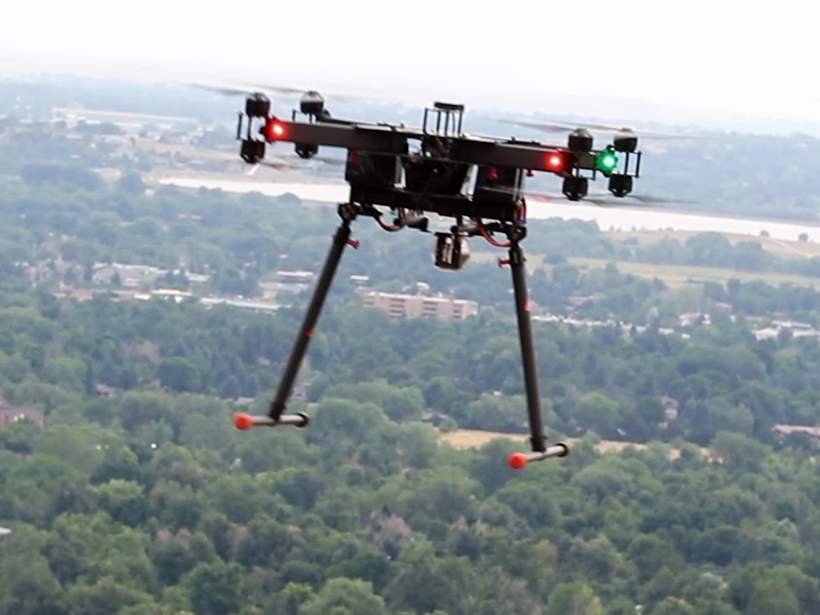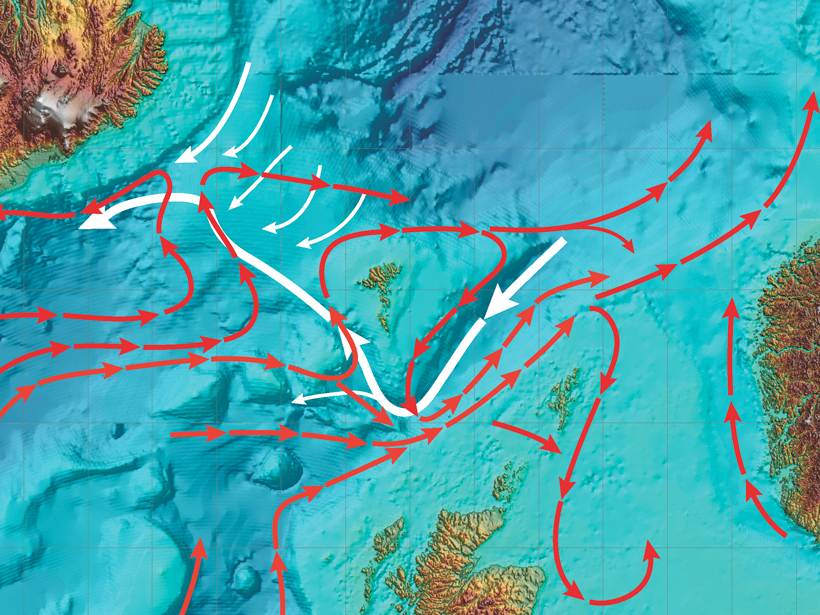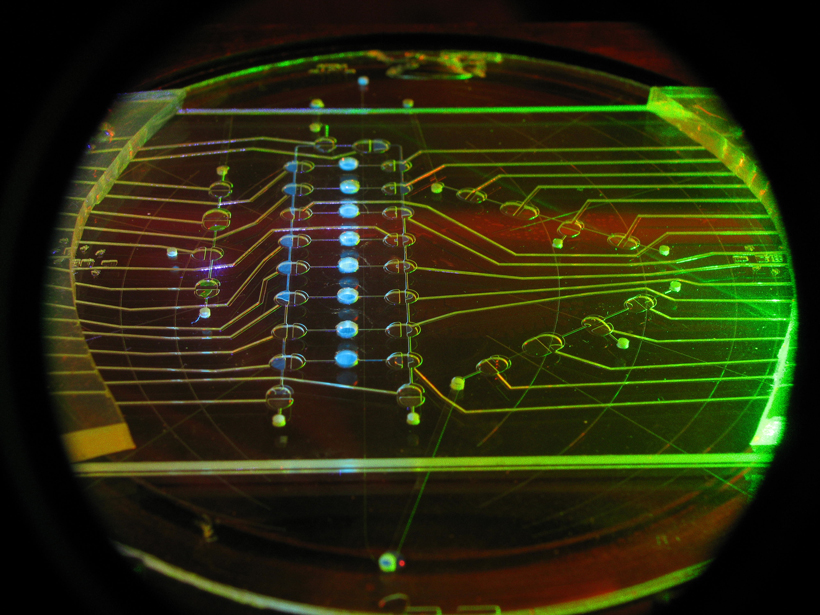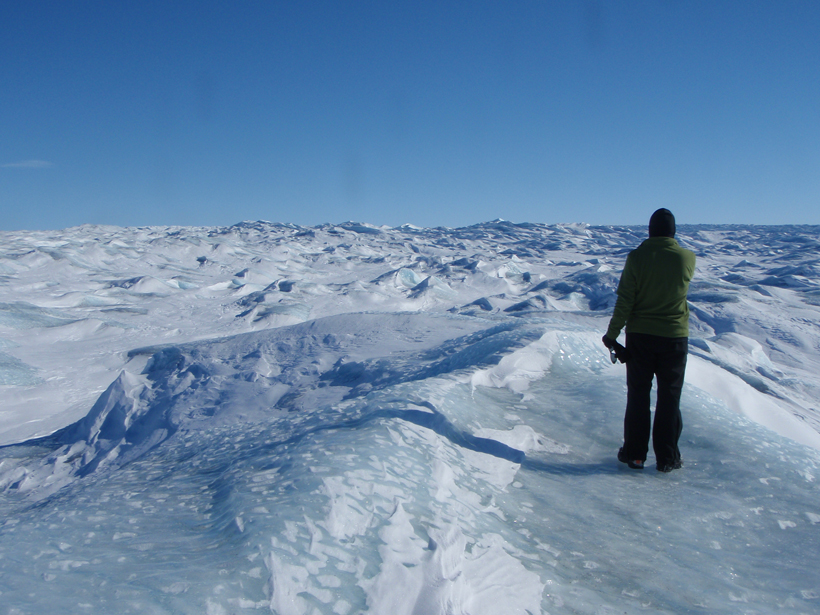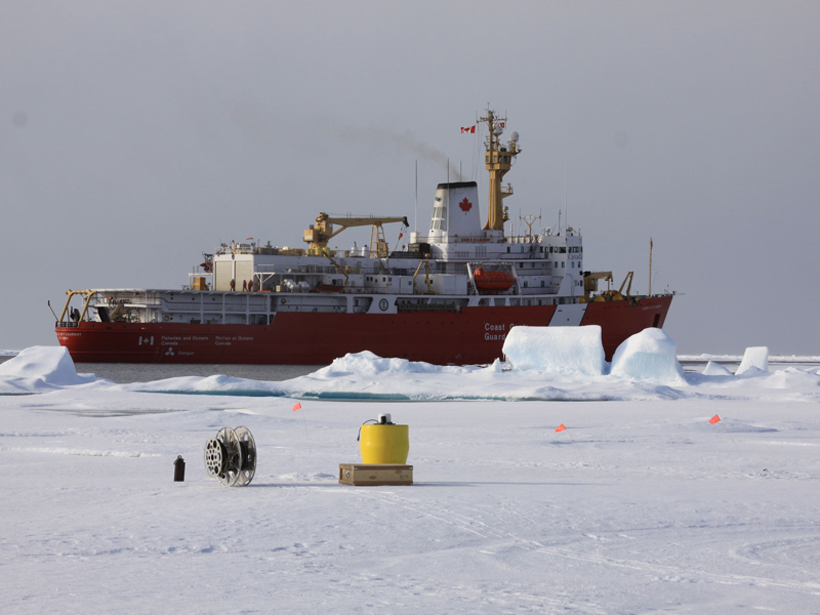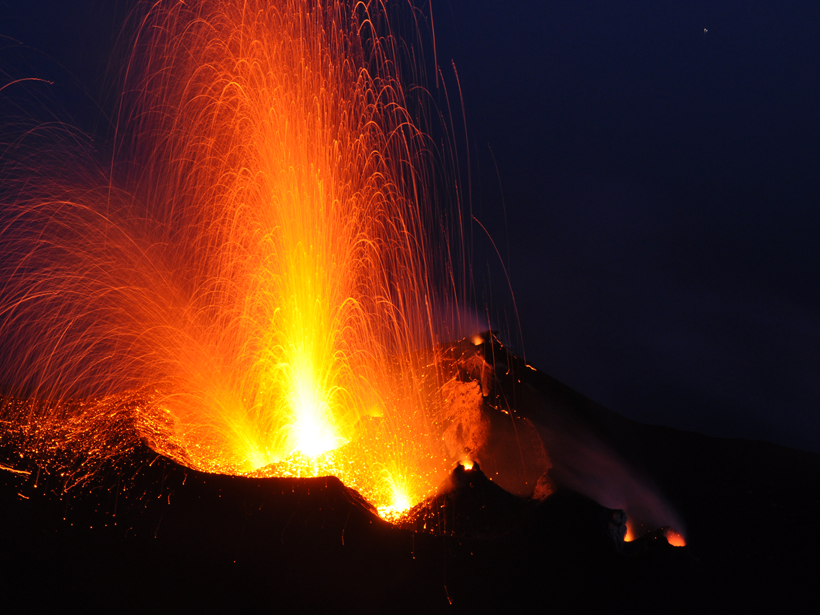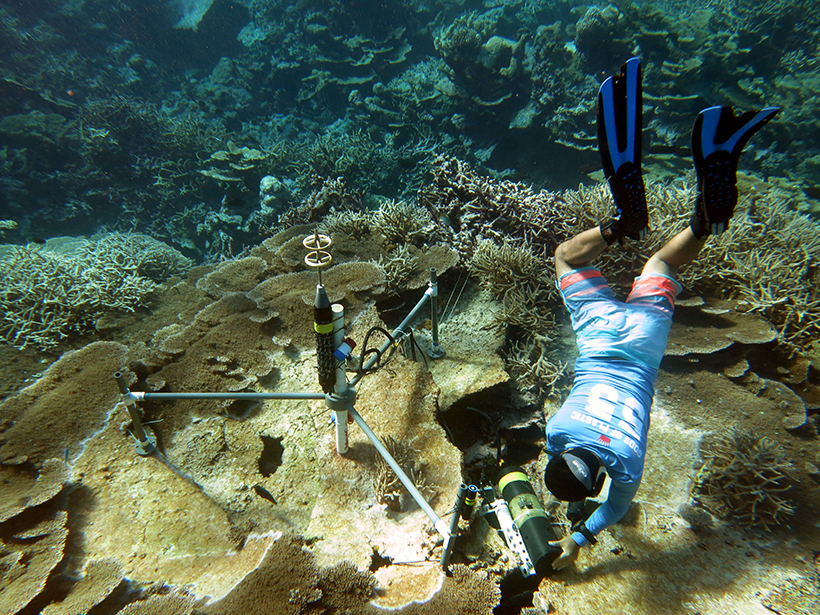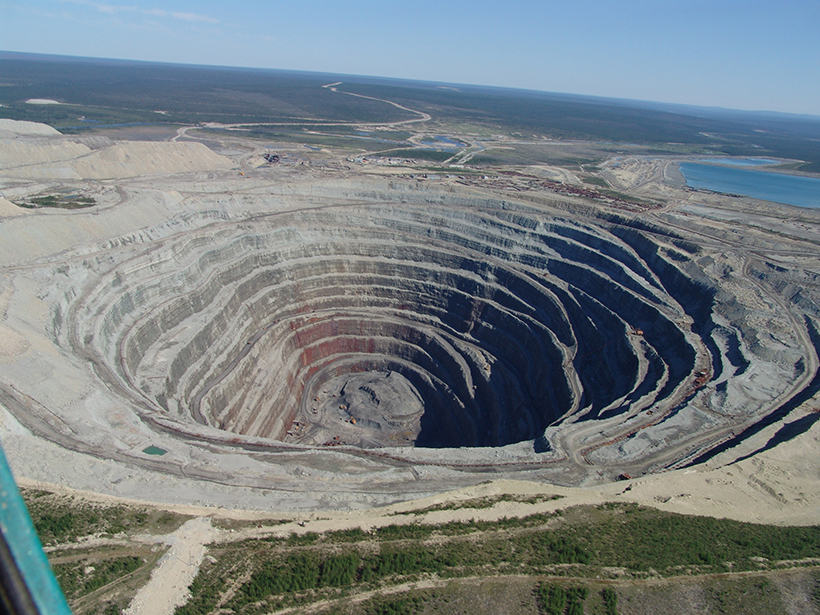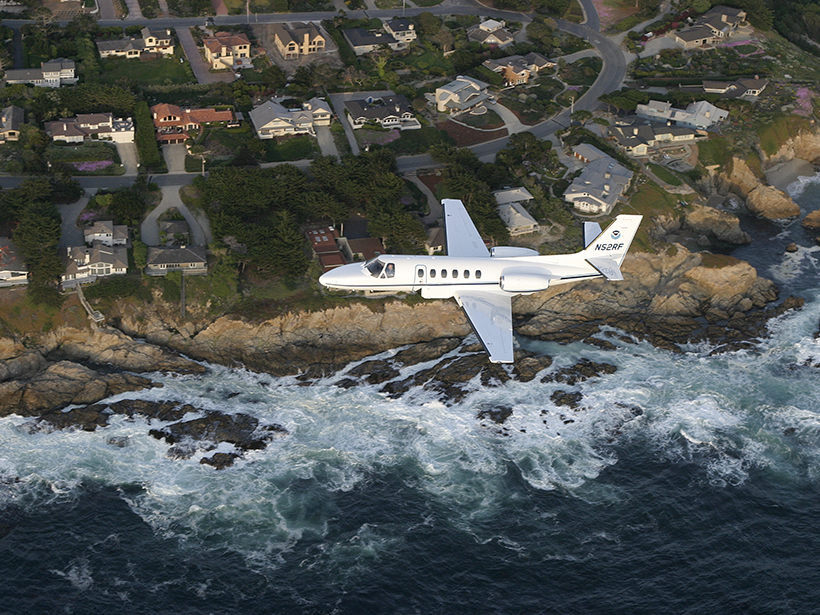A new versatile spectroscopy system could create ultraprecise maps of Earth’s atmosphere, detect methane emission sources, and scan for chemical weapons.
cool tools
Tracking Water Through the North Atlantic Ocean
Workshop on Currents and Transports Across the Iceland-Faroe-Scotland Ridge; Tórshavn, Faroe Islands, 9–10 January 2017
Instrument Development Enables Planetary Exploration
Third International Workshop on Instrumentation for Planetary Missions; Pasadena, California, 24–27 October 2016
New Instrument May Aid Search for Extraterrestrial Life
For 2 weeks on the Greenland ice cap, scientists tested an instrument that might help us find life on icy moons with oceans beneath their crusts.
Optical Sensors Can Shed Light on Particle Dynamics in the Ocean
First TOMCAT Workshop; Southampton, UK, 12–14 September 2016
How Arctic Ice Affects Gas Exchange Between Air and Sea
Scientists begin to fill a major data gap by investigating carbon dioxide dynamics in a remote region of the Arctic Ocean.
Tracking Volcanic Bombs in Three Dimensions
A new method allows researchers to precisely track in three dimensions bits of fragmented magma as they are expelled in explosive volcanic eruptions.
Scientists Develop New Tool to Monitor Reef Health
A first-of-its-kind system could reveal short-term changes in threatened reefs worldwide.
Synthesizing Our Understanding of Earth's Deep Carbon
The Deep Carbon Observatory is entering a new phase, in which it will integrate 10 years of discoveries into an overarching model to benefit the scientific community and a wider public.
Measuring Earth’s Gravity Field from the Air
2016 Airborne Gravimetry for Geodesy Summer School; Silver Spring, Maryland, 23–27 May 2016

